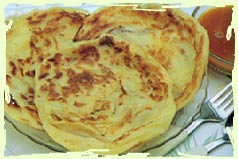
Roti bread made with millet
Romans ate a lot of fish
Although the first people who came to the Mediterranean were probably following along the coast, and ate mainly fish, shellfish, seaweed, and wild figs, by the time the Roman Republic got started, there were far too many people in the Mediterranean to be able to live entirely from the ocean, and although people kept on eating a lot of fish and seafood, most people had to also eat farmed foods.
History of fishing
History of figs
All our Ancient Rome articles
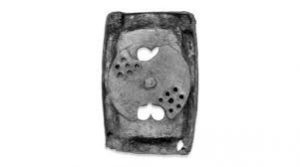
The bottom of a Roman pepper pot, which works just like ours do today.
The Mediterranean Triad
So most people in the Roman Empire lived mainly on the usual foods of people living around the Mediterranean Sea – barley, wheat, and millet, olive oil, and wine, which we call the Mediterranean Triad. These foods were not originally from the Roman Empire – farmers grew them in West Asia and North Africa and those farmers brought these crops with them to Europe.
History of wine
More about Mediterranean food
More about West Asian food
Food in North Africa
In addition to being full of carbohydrates, these foods provided fat (the olive oil) and protein (the barley and millet). Poor people ate more millet, and rich people ate more wheat. Starting around 100 AD, poor people started to eat oats, too.
Where did millet come from?
History of oats
Vegetables, herbs, and meat in ancient Rome
If you were poor, you would also eat vegetables like lentils and cucumbers, onions, garlic, and lettuce, fruit like apples and figs, nuts, and sometimes cheese and eggs. Most of these foods also came originally from West Asia or Central Asia.
Where do apples come from?
History of lentils
Who invented cheese?
Roman cooks used salt and pepper, parsley, celery, cilantro, thyme, rosemary, sage, and other herbs to make their food taste good. Rich people used cinnamon, too. Most people couldn’t afford to eat very much meat, but they did have some beef, pork, fish, and lamb, especially on holidays. Much less often, people ate chicken, pigeon, goose, rabbit, dormice, and snails.
Where did pepper come from?
History of salt
Regional foods

A loaf of bread
People also ate different food depending on where they lived in the big Roman Empire. In Egypt and West Asia, most people didn’t eat pork and many people didn’t eat shellfish.
Food in ancient Egypt
Egyptians made foie gras (fatty goose liver) to replace pork fat. In northern Europe, some people drank beer instead of wine, and got their fat from butter instead of olive oil.
Northern European food
Rich people’s food
Another difference was how rich you were: rich people ate different food from poor people. There weren’t very many rich Romans. Most people were poor.

A fresco painting of a triclinium, from Pompeii (now in the Naples Archaeological Museum)
But some rich Romans were REALLY rich and they liked to show it by having a lot of slave cooks make them very very fancy dinners, and then inviting a lot of their friends over to eat with them in fancy dining rooms. They tried to serve food that was unusual or very expensive or very difficult to make. In fact, these things were more important to rich Romans than food that tasted good!
What is a triclinium?
We know about rich Romans eating whole plates of peacock tongues, for instance. One complicated meal involved stuffing a chicken inside a duck, then the duck inside a goose, then the goose inside a pig, then the pig inside a cow, and cooking the whole thing together. Sometimes rich Romans sent slaves running up into the mountains near Rome to get snow, so they could have slushies even though there were no refrigerators!

Cinnamon sticks
Spices from India
Rich Romans liked to use expensive spices that traders brought from thousands of miles away. Cinnamon, nutmeg, pepper, and cloves came all the way from India or even Indonesia.
More about cinnamon
We know some of the recipes rich Romans liked from a Roman cookbook written by a man named Apicius in the time of the Roman Empire (we aren’t sure exactly when). Apicius’s cookbook still survives today, and you can find some of his recipes online.
A warning though: Most modern Americans don’t like these recipes very much. Romans liked to make spicy sweet things, which Americans don’t usually eat.
A recipe to try: Moretum
Bibliography and further reading about Roman food:
The Classical Cookbook, by Andrew Dalby (1996). Both rich and poor people’s recipes, with a lot of context too.
A Taste of Ancient Rome, by Ilaria Gozzini Giacosa (reprinted 1994). Recipes from Apicius, including the weird ones.
Ancient Roman Feasts and Recipes Adapted for Modern Cooking, by Jon Solomon (1977). A history of Roman food, and then about a hundred Roman recipes you can make.
Around the Table of the Romans: Food and Feasting in Ancient Rome, by Patrick Faas (2002).
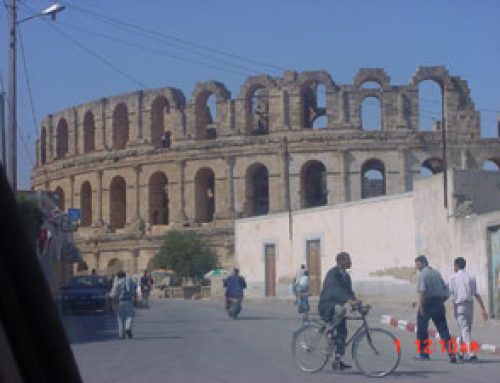
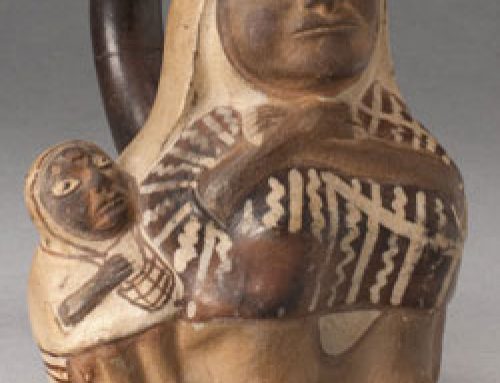
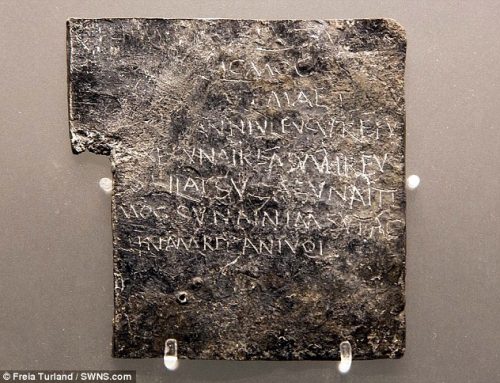
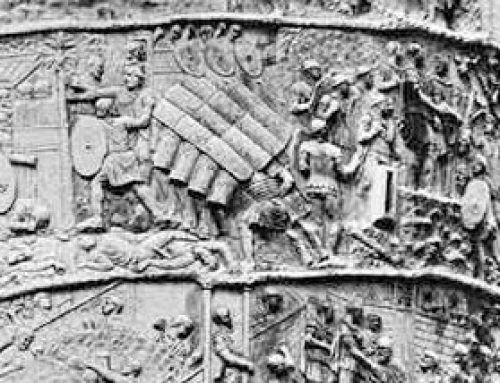

i am i the only one here from 2021, its like im in the future
Welcome to the future, Silas!
Thank you for the information
GOOD JOB ON THIS WEBSITE!!! (-^_^-) rlly helpful
I would definitly use this on our test,so thank you for helping me!
P.S: I can’t spell #3
I’m glad you found what you were looking for, Cal! If you have a teacher or a librarian who could link to us, that would really help other students to find this site and we’d super appreciate it!